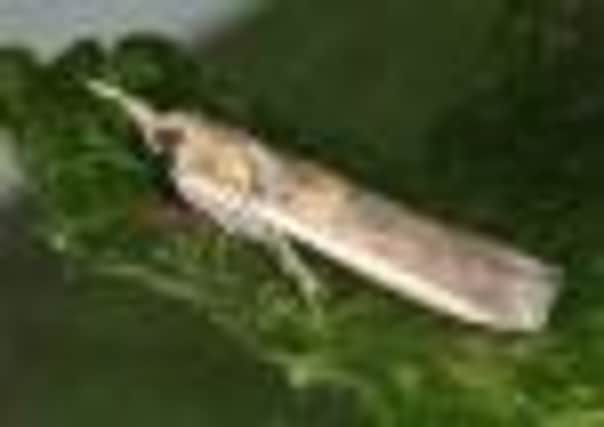Legacy of last gasp of summer


Wall-to-wall sunshine from the Mediterranean right up to Yorkshire, with day temperatures in the 30˚s in the South, and high 20˚s in the North.
It had some strange effects on the French countryside with recently planted rape seed crops rushing into full flower and field verges bright with red poppies.
Advertisement
Hide AdAdvertisement
Hide AdAt the same time trees were going into autumn colours a good month earlier than usual due to the dry conditions.
France can be good for butterflies in autumn. But this year, in the north-east quarter, there were few species, and numbers were down, except, as at home, for small whites and red admirals.
These two species were out and about from 9.30am to 5.30pm (English time).
More usually, as days shorten and nights and early mornings become cooler, autumn butterflies are restricted in flying time to the period from about 11am to 2pm.
Advertisement
Hide AdAdvertisement
Hide AdThey need the warmth of bright sunshine to get mobile. Travelling around in France I was struck by the fact that every day for two weeks or more red admirals were on the move.
It was an almost invisible migration southward. You would just notice the occasional individual rush past in front of you. Then you became aware that this was being repeated time after time wherever you walked or drove, probably hundreds of thousands on the move over the region. The same thing was happening to some extent in Yorkshire. Ginni Darbyshire in Beverley had up to 24 on her buddleia on September 27.
They would feed up, head south-east, then fly down the east coast, cross the Channel at its narrowest point and fly on through France to spend winter around the Mediterranean.
What I was unaware of at the time was that the unusual warmth was also producing an exceptionally late migration in the opposite direction.
Advertisement
Hide AdAdvertisement
Hide AdMoths from southern Europe and North Africa were moving north.
They mainly arrived in southern and western England but with at least a handful reaching Yorkshire.
These included two micros (very small moths), both of which were “first-ever” records for the county.
A Hawaiian beet webworm (Spoladea recurvalis), a brown moth with a striking white wing bar, was caught by Michael Stoyle at Easington near Spurn.
Advertisement
Hide AdAdvertisement
Hide AdAnd an Etiella zinckenella, (no English name) was trapped in Hutton Conyers near Ripon by Charles Fletcher, county moth recorder for Yorkshire.
He told me that individuals were recorded on October 3 in Dorset and Sussex, with southerly winds then bringing one all the way to North Yorkshire the next day. He also caught a vestal on October 3, which although not new to the county is quite a rare immigrant.
My wife, Chris, in Withernsea, also had a number of commoner immigrants in her moth trap last weekend such as diamond-back, silver Y and dark sword-grass. While moth enthusiasts are very excited by new or rare arrivals, the two micros are actually crop pests from tropical or southern European areas. The beet webworm affects beet, maize, cotton etc. Zinckenella caterpillars feed on the pods of leguminous vegetables. Such arrivals are unlikely to become breeding species so far north as a result of one or two sightings.
But they are representatives of what seems to be happening as a result of a warming climate, as more and more insects attempt to extend their distributions northward. Some may eventually arrive in sufficient numbers to settle. It may not happen tomorrow, but in a few years time.
Advertisement
Hide AdAdvertisement
Hide AdMost moth enthusiasts are volunteers who run and check their traps daily out of an interest in learning more about natural history.
But their records are co-ordinated within the county and within the country, providing Government bodies and research institutions with early warnings of unwanted arrivals, and any changes in year-to-year status.
A case of amateurs helping the professionals.
Howard Frost is Editor of Yorkshire’s annual Butterfly and Moth Report for Butterfly Yorkshire and the Yorkshire Naturalists’ Union and can be contacted via www.yorkshirebutterflies.org.uk which also carries news of the latest butterfly and moth sightings.